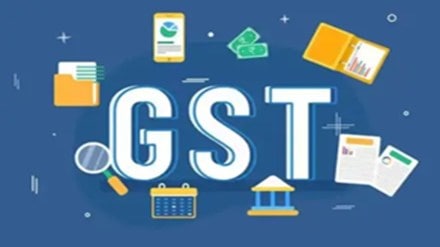The 56th GST Council meeting, chaired by the Finance Minister Nirmala Sitharaman, begins on September 3 and will end on September 4. Expectation is running high about the possible rationalisation of rates.
The Council is expected to do away with the 12 per cent and 28 per cent GST slabs and keep a 2-rate structure of 18% and 5%. A 40 per cent GST slab for ‘sin’ products such as tobacco and other luxury products is expected as well.
The proposed changes are going to have a significant impact on the 3 key sectors.
Here is a look at the expected impact of GST revision on the insurance, fertilisers and automobile sectors of India.
Insurance sector
In the upcoming GST Council meeting, the government is expected to reduce GST on life insurance and health insurance from the current 18 per cent to 5 per cent or zero.
While at the onset it looks like a reduced GST on health and life insurance will reduce the premium, however, the industry leaders are cautioning that a reduced GST will not reduce premiums; rather, it could lead to a higher premium.
Veterans in the insurance industry pointed out that if the government reduces the GST rates, the insurance companies may not be able to claim the Input Tax Credit. As per the current rules, the GST rate of 5 per cent or zero does not qualify for Input Tax Credit.
Insurance industry stakeholders warn that if they are unable to claim Input Tax Credit, it will reduce their margins, which would ultimately reflect in the premium, and the companies would not be able to reduce the premium.
Auto sector
In the auto sector, GST on small hybrid cars and motorcycles is the most talked-about topic. While there is an expectation that GST on these may be reduced from 28 per cent to 18 per cent, the final decision is what the street is waiting for.
According to Jefferies, the SUVs could also see a tax cut from 50 per cent to about 40 per cent.
The cut in the GST rate is likely to directly impact the car prices on the road. According to Jefferies, a 7-10 per cent GST rate cut can result in a 6-8 per cent fall in on-road prices for most vehicles.
The move is also likely to boost car sales in the coming quarters. Jefferies projects a 10 per cent annual growth in two-wheelers and 8 per cent growth in passenger vehicle sales between FY25–FY28.
Fertiliser sector
The fertiliser industry body, FAI, has requested the government to reduce GST on raw materials like ammonia and sulphuric acid from 18 per cent to 5 per cent to zero. The industry body also requested a refund on input tax credit (ITC) for fertiliser manufacturers and traders.
Currently, phosphatic and potassic fertilisers attract a 5 per cent GST rate. But inputs such as ammonia and sulphuric acid attract an 18 per cent GST.
However, the government is expected to levy a uniform 12 per cent GST on fertiliser inputs and the final products. However, the government subsidies on fertilisers are expected to compensate the industry for any loss due to a higher GST.
